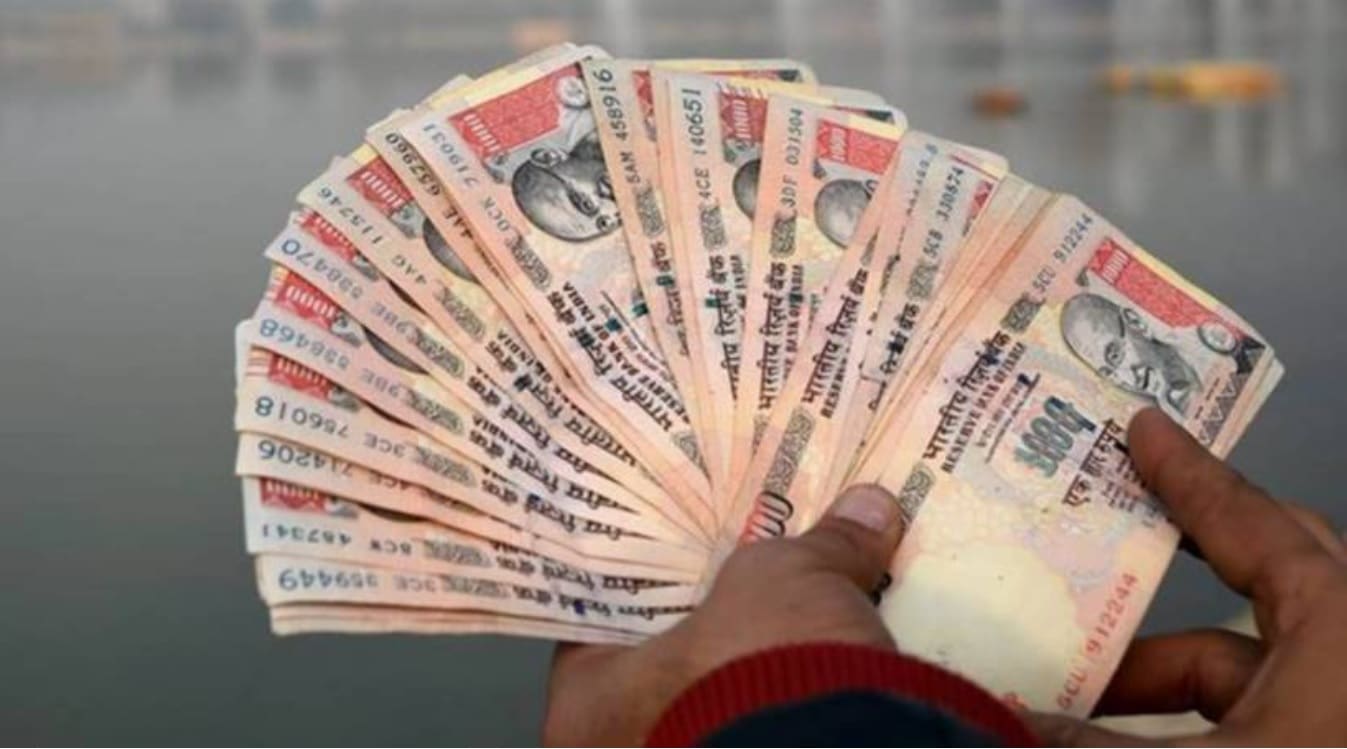What’s in today’s article?
- Why in news?
- What is demonetisation?
- Why countries opt for demonetisation?
- What are the advantages and disadvantages of Demonetization?
- Demonetisation in India
- What was the verdict of SC in demonetisation case?
Why in news?
- The Supreme Court upheld the government’s 2016 decision to demonetise currency notes of Rs 500 and Rs 1,000 by a 4:1 majority.
What is demonetisation?
- Demonetization is the process through which a nation’s economic unit of exchange loses its legally enforceable validity.
- It is a drastic intervention into the economy that involves removing the legal tender status of a currency.
Why countries opt for demonetisation?
- To address issues like hyperinflation and to stabilize the currency
- To eliminate negative situations or actions like counterfeit currency, terror, and tax fraud
- To introduce a new monetary system in some circumstances
- To facilitate trade and access to markets,
- To push informal economic activity into more transparency
What are the advantages and disadvantages of Demonetization?
Image caption: Advantages and disadvantages of demonetisation
Demonetisation in India
- Previous demonetisation – Demonetisation has been implemented twice:
- In 1946, RBI demonetized 1000- and 10000-rupee notes.
- In 1978, the government demonetized 1000-, 5000-, and 10000-rupee notes in order to curb the menace of black money.
- 2016 demonetisation
- On November 8, 2016, PM Modi announced the decision of the government to demonetise currency notes of Rs 500 and Rs 1,000 in a bid to tackle corruption.
News Summary
Why was demonetisation challenged?
- 58 petitions challenging various aspects of the government’s note ban decision was filed in the SC.
- These petitioners contended that the procedure prescribed in Section 26(2) of RBI Act, 1934, was not followed.
- Section 26(2) of the RBI Act states that on recommendation of the Central Board of the RBI, the Central Government may declare that any series of bank notes of any denomination shall cease to be legal tender.
- The petitioners argued that the word “any” would have to be given a restricted meaning.
- I.e., RBI has power only to recommend “a particular series” of notes. It does not have powers to demonetise “all series” of a particular denomination.
- They also argued that the demonetisation notification is liable to be struck down applying the test of proportionality.
- The four ingredients of the proportionality test to be satisfied are:
- legitimate purpose; rational connection with the purpose; necessity; whether the action taken is proportional or balanced.
- The four ingredients of the proportionality test to be satisfied are:
- They also contended that the entire decision-making process was flawed in law as the proposal should have been emanated from RBI Board, not from the Centre.
What is the Supreme Court’s verdict on demonetisation?
- In its majority 4:1 judgment, it was held that the Centre’s notification dated November 8, 2016, was valid and satisfied the test of proportionality.
- The court held that the central government’s decision was after RBI board’s approval which shows in-built safeguard against centre’s powers.
- The Centre is required to take the action after the consultation with the Central Board and there is an inbuilt safeguard.
- Decision-making process cannot be faulted merely because the proposal emanated from the centre.
- The hardships faced by citizens following demonetisation six years ago cannot be a ground to reverse the decision.
- The individual interests must yield to the larger public interest sought to be achieved by the impugned notification.
- On creating a fresh window for return of demonetised currency, the majority verdict said it did not have the expertise to frame such a scheme.
Image caption: SC Verdict on demonetisation
Q1) What is the history of Demonetisation in India?
The Indian government had demonetised banknotes on two prior occasions—once in 1946 and once in 1978.
Q2) What are the benefits of Demonetisation?
Demonetization is important for fighting various evils like corruption, counterfeit currency racket, tax evasion, etc. It helps in tracing and restricting illegal economic activities.
Source: Two views on six issues: What the Supreme Court’s demonetisation verdict says | Economic times | Indian Express
Last updated on June, 2025
→ UPSC Notification 2025 was released on 22nd January 2025.
→ UPSC Prelims Result 2025 is out now for the CSE held on 25 May 2025.
→ UPSC Prelims Question Paper 2025 and Unofficial Prelims Answer Key 2025 are available now.
→ UPSC Calendar 2026 is released on 15th May, 2025.
→ The UPSC Vacancy 2025 were released 1129, out of which 979 were for UPSC CSE and remaining 150 are for UPSC IFoS.
→ UPSC Mains 2025 will be conducted on 22nd August 2025.
→ UPSC Prelims 2026 will be conducted on 24th May, 2026 & UPSC Mains 2026 will be conducted on 21st August 2026.
→ The UPSC Selection Process is of 3 stages-Prelims, Mains and Interview.
→ UPSC Result 2024 is released with latest UPSC Marksheet 2024. Check Now!
→ UPSC Toppers List 2024 is released now. Shakti Dubey is UPSC AIR 1 2024 Topper.
→ Also check Best IAS Coaching in Delhi






















